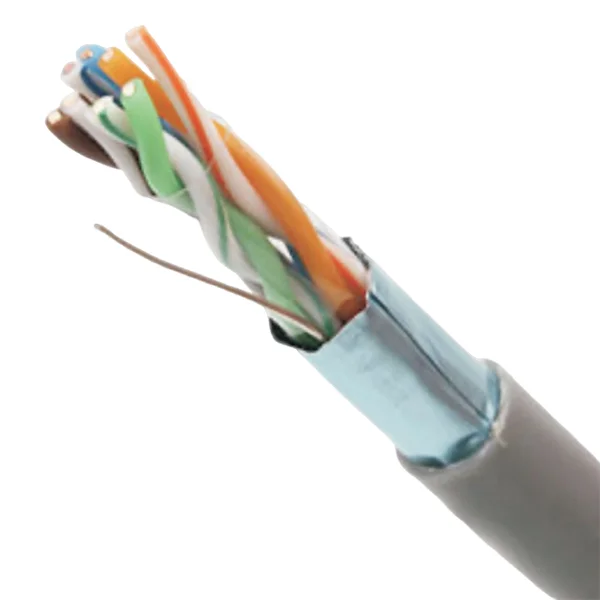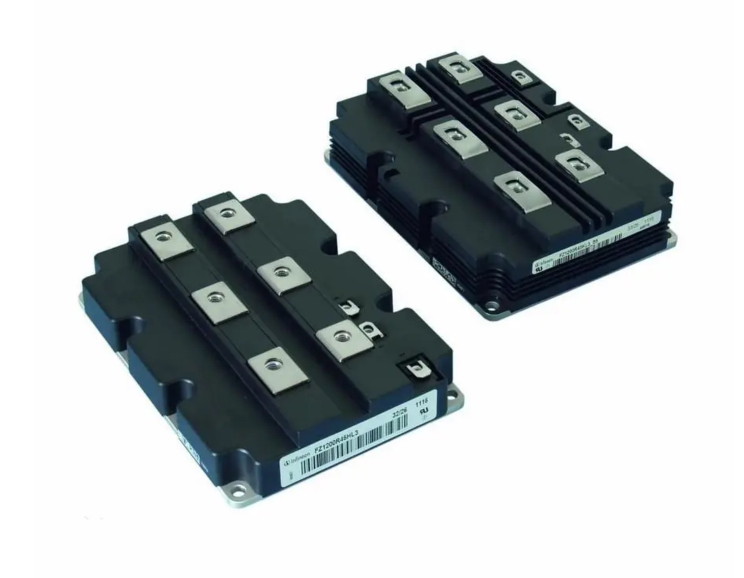Understanding the Distinction: Contactor vs. Relay in Electrical Systems
In the realm of electrical engineering, the terms contactor and relay are often used interchangeably, leading to confusion among professionals and enthusiasts alike. While both devices serve the purpose of controlling electrical circuits, they are designed for different applications and possess distinct characteristics. This article delves into the nuances that differentiate contactors from relays, exploring their operational principles, applications, and key features.
- Definition and Basic Functionality
Relay
A relay is an electromechanical switch that uses an electromagnetic coil to open or close contacts in a circuit. When an electrical current passes through the coil, it generates a magnetic field that attracts a movable armature, thereby changing the state of the contacts. Relays are primarily used for low-power applications, such as controlling small motors, lights, or other devices in residential and commercial settings.
Contactor
Conversely, a contactor is a specialized type of relay designed to control high-power circuits. It operates on the same electromagnetic principle but is built to handle larger currents and voltages. Contactors are commonly used in industrial applications to control motors, lighting systems, and other heavy electrical loads.
- Key Differences in Design and Construction
Current and Voltage Ratings
One of the most significant differences between contactors and relays lies in their current and voltage ratings. Relays typically handle lower power levels, often rated for currents up to 10-20 amps. In contrast, contactors are engineered to manage much higher currents, often exceeding 100 amps, making them suitable for industrial environments where heavy machinery is in operation.
Contact Configuration
Relays usually feature a simpler contact configuration, often with a single set of contacts (single-pole or double-pole). Contactors, however, can have multiple contacts (three-pole or four-pole configurations) to accommodate three-phase power systems, which are prevalent in industrial applications.
Durability and Lifespan
Due to their design and intended use, contactors are built to withstand more rigorous conditions than relays. They are constructed with robust materials and have a longer lifespan, often rated for millions of operations. Relays, while effective for their purpose, typically have a shorter operational life due to the wear and tear associated with lower-rated applications.
- Operational Characteristics
Coil Voltage
Relays often operate on lower coil voltages, typically ranging from 5V to 24V DC, making them suitable for control circuits. Contactors, on the other hand, can operate on higher voltages, often 120V, 240V, or even higher, depending on the application. This difference is crucial when designing electrical systems, as it impacts the choice of control circuitry.
Response Time
The response time of relays is generally faster than that of contactors. This is due to the smaller mass of the armature in relays, allowing for quicker actuation. However, in applications where speed is critical, solid-state relays (SSRs) may be preferred over both traditional relays and contactors, as they offer virtually instantaneous switching without mechanical wear.
- Applications
Common Uses of Relays
Relays are widely used in automotive applications, home appliances, and low-power control systems. They are ideal for tasks such as switching lights, controlling heating systems, and managing low-voltage circuits in electronic devices.
Common Uses of Contactors
Contactors are predominantly found in industrial settings, where they control large motors, HVAC systems, and lighting circuits. They are essential components in motor starters, allowing for the safe and efficient operation of heavy machinery.
- Conclusion
Understanding the differences between contactors and relays is crucial for anyone involved in electrical design, installation, or maintenance. While both devices serve the purpose of controlling electrical circuits, their distinct characteristics make them suitable for different applications. By recognizing these differences, professionals can make informed decisions when selecting the appropriate device for their specific needs.



